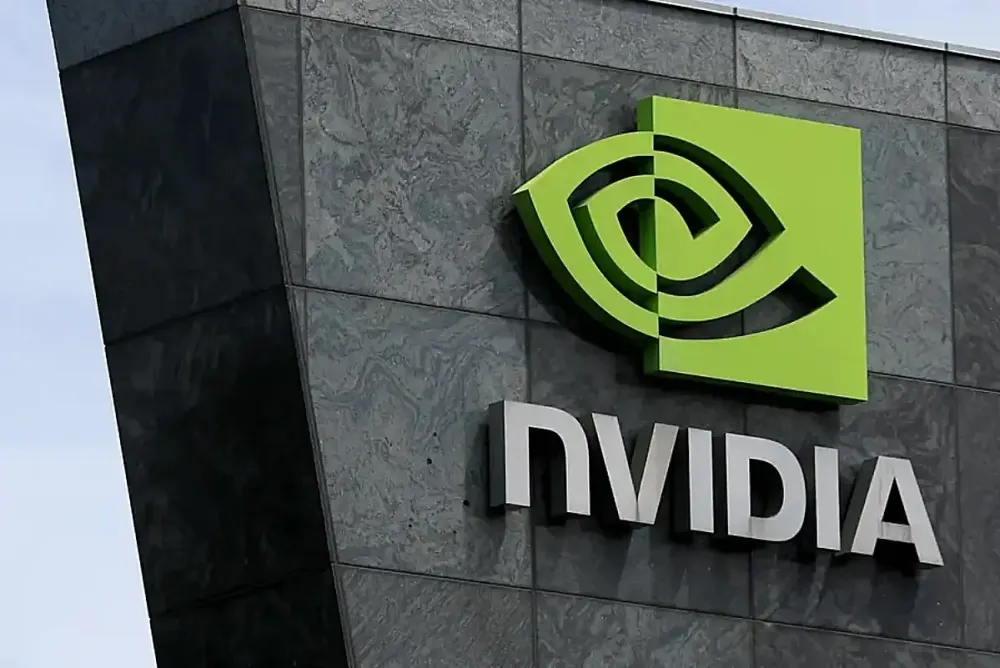The power consumption of NVIDIA RTX 40 series SUPER is basically unchanged
Recent dispatches indicate that NVIDIA is meticulously preparing to unveil three new GeForce RTX 40 series SUPER graphics cards, architected under the Ada Lovelace design. These are the RTX 4080 SUPER, RTX 4070 Ti SUPER, and RTX 4070 SUPER. Notably, the PCI ID for the RTX 4080 SUPER has already surfaced, with the other two models expected to follow suit shortly.
Enthusiasts have recently shared insights about the GeForce RTX 40 series SUPER, noting that the new graphics cards maintain similar power consumption profiles to their predecessors, with the sole exception of the RTX 4070 SUPER, which will see a modest increase of 20W. For context, the entire card power consumption for the RTX 4080, RTX 4070 Ti, and RTX 4070 are 320W, 285W, and 200W, respectively, suggesting that the RTX 4070 SUPER will be set at 220W.

Synthesizing the available data, the RTX 4080 SUPER is equipped with an AD103-400 GPU, flaunts a 64MB L2 cache, and will be outfitted with 10,240 CUDA cores—an increase of approximately 5.3%, or 512 more cores than the current RTX 4080 which has 9,728 cores. The memory capacity remains at 16GB. The RTX 4070 Ti SUPER is anticipated to carry either an AD103-275 or an AD102-175, featuring a 48MB L2 cache and 8,448 CUDA cores, marking a 10% increase over the current RTX 4070 Ti’s 7,680 cores. The RTX 4070 SUPER is poised to house an AD104-350 or AD103-175, boosting its L2 cache from the RTX 4070’s 36MB to 48MB and elevating the CUDA core count from 5,888 to 7,168—an augmentation of roughly 21.7%.
From a superficial glance at the specifications, the RTX 4070 SUPER is set to receive the most substantial upgrade, potentially in response to the significant threat posed by the competing Radeon RX 7800 XT at a similar price point. In contrast, the RTX 4080 SUPER’s alterations are the least pronounced, maintaining a sizable gap from the more highly positioned RTX 4090. It is understood that the information revealed pertains to several weeks prior and does not preclude NVIDIA from making last-minute alterations to the configurations. After all, NVIDIA is known for concurrently testing multiple configurations, finalizing the definitive setup only in the eleventh hour.






